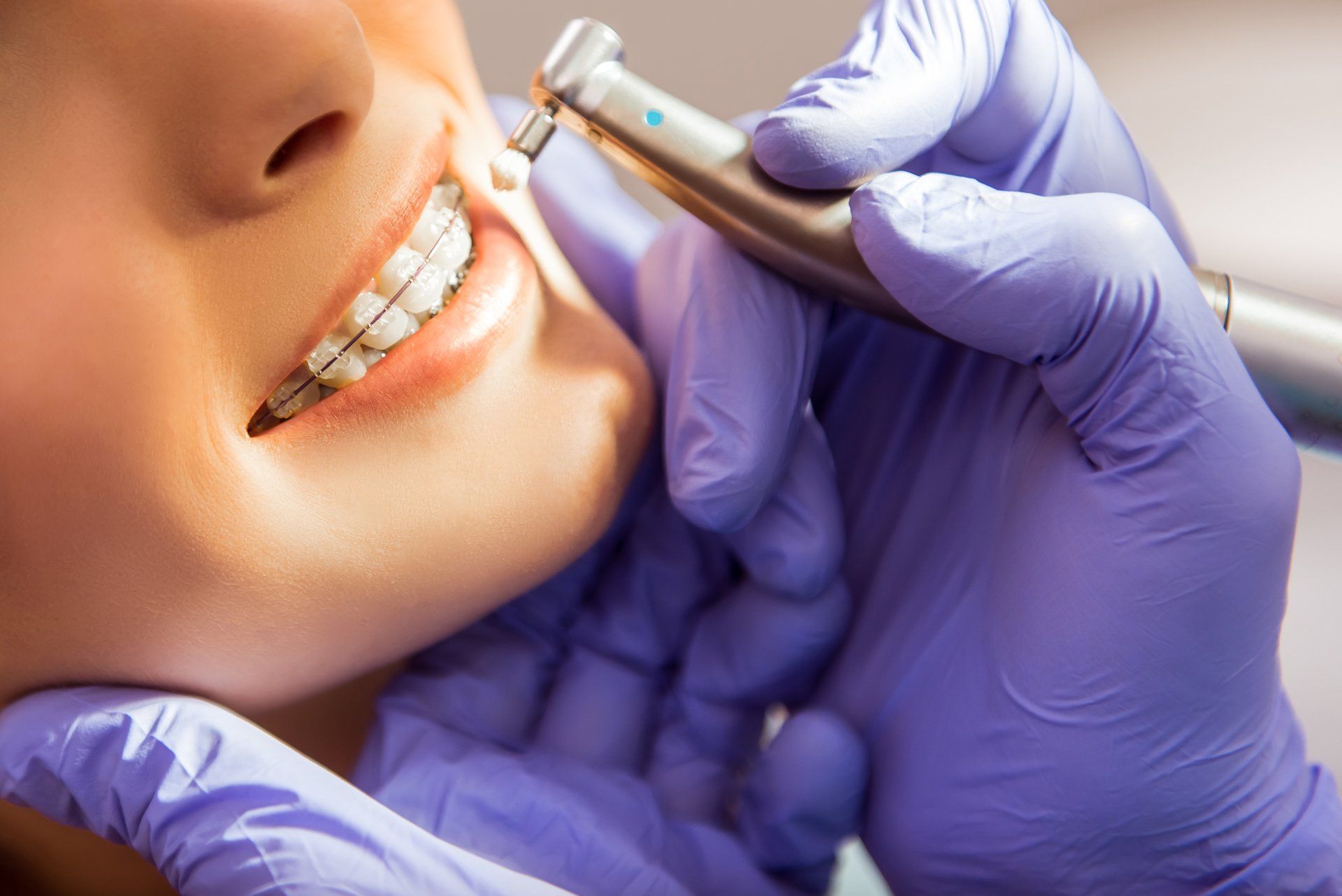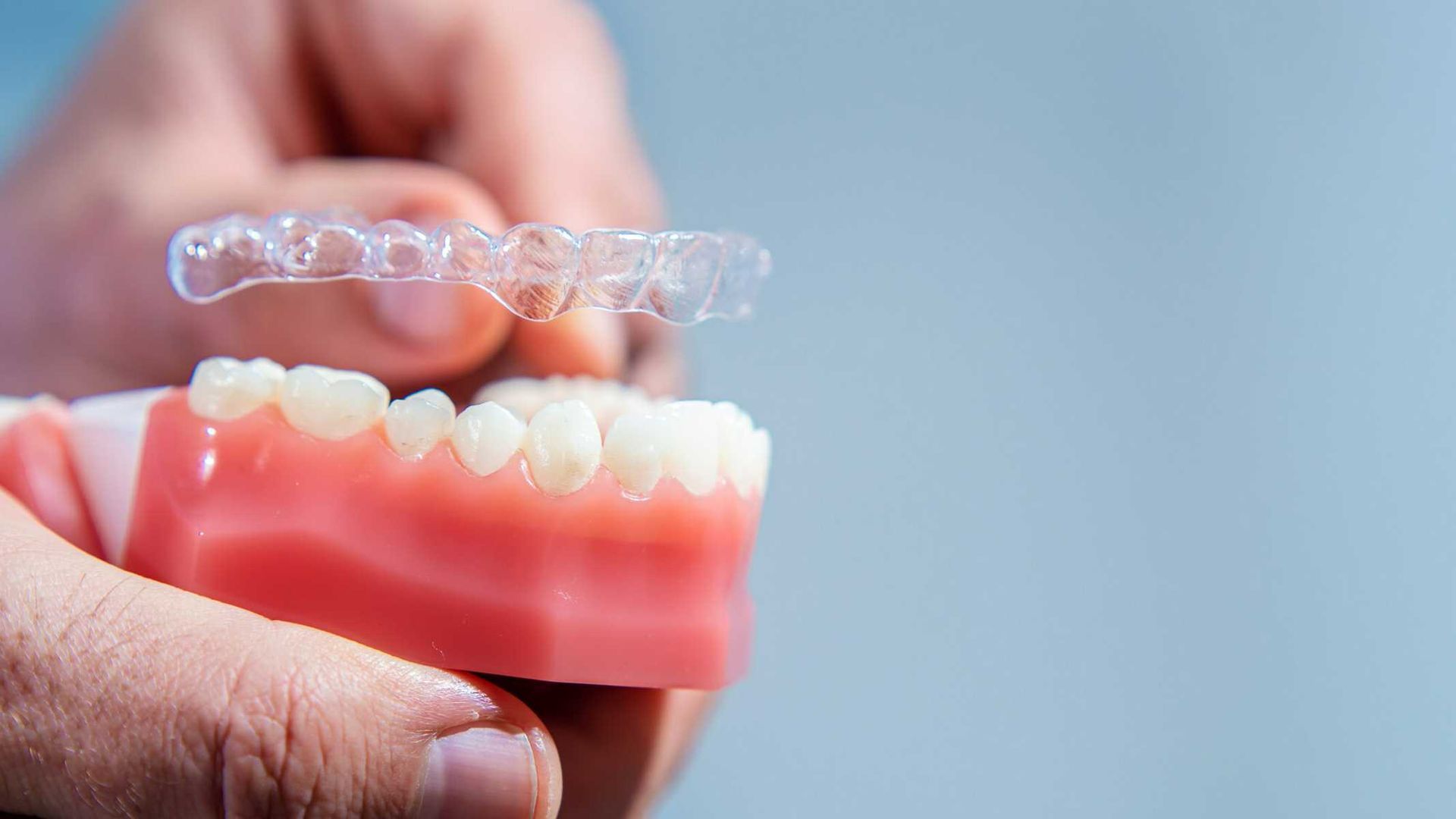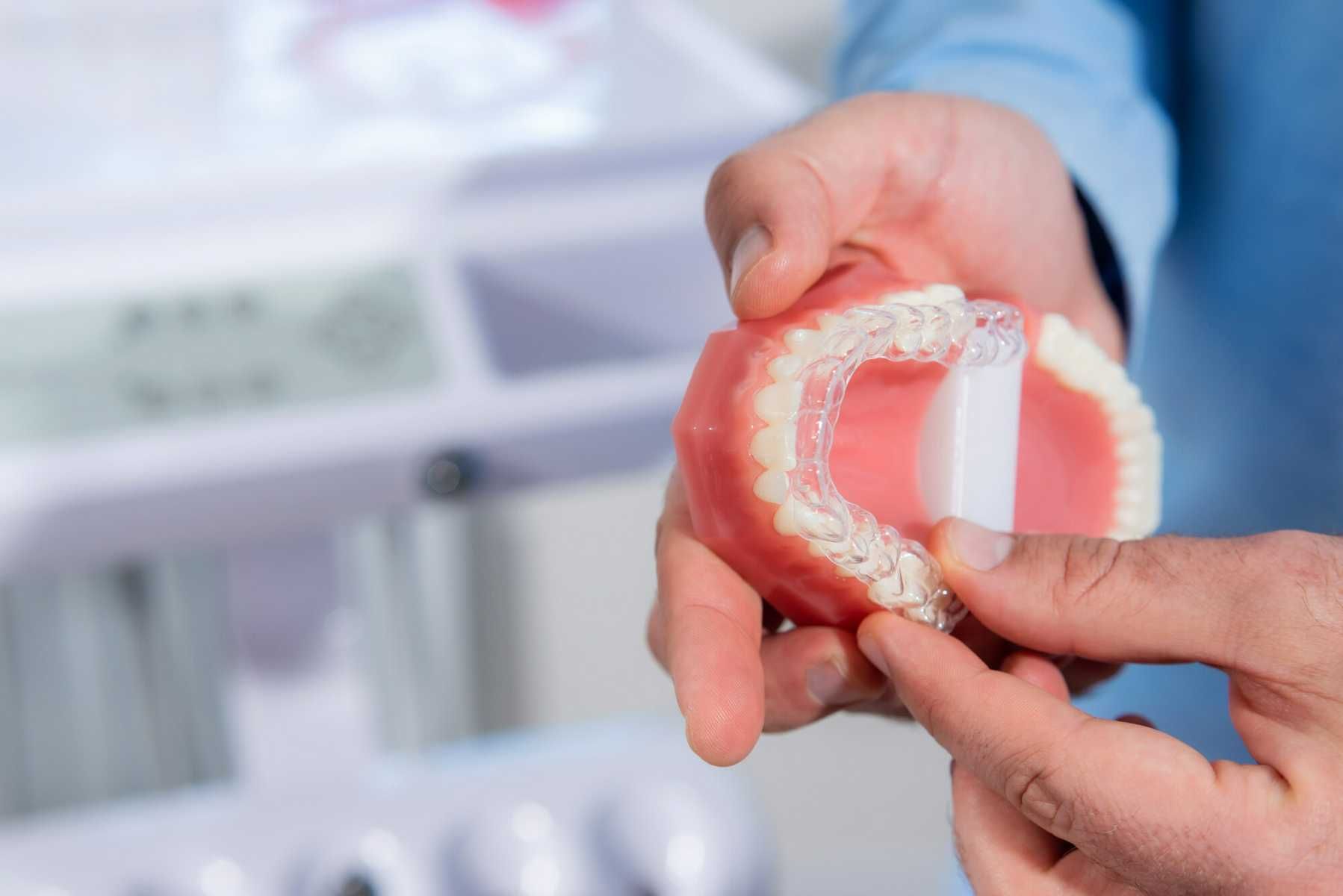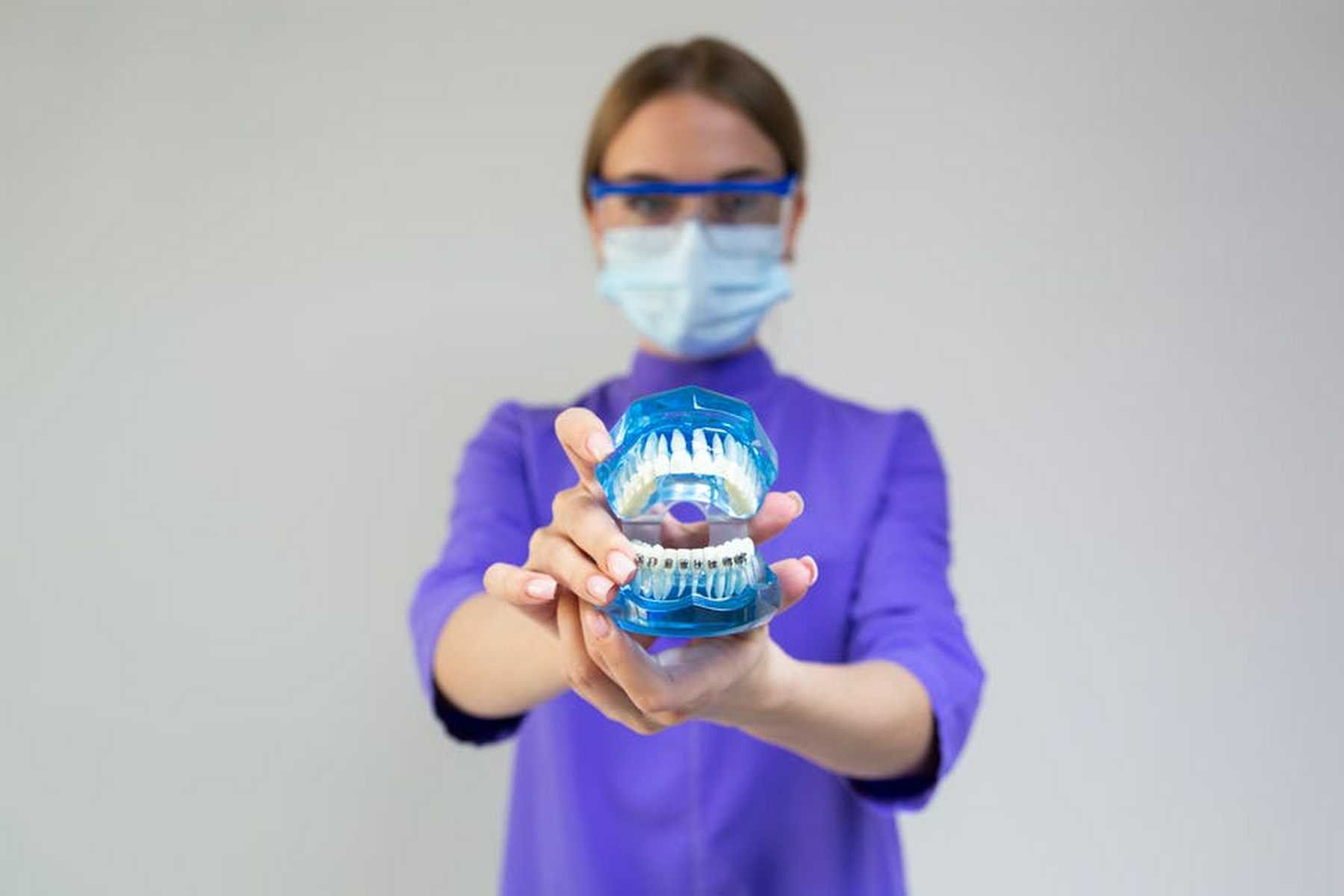How to Brush and Floss with Traditional Braces

We all remember the iconic scene from the 2005 Charlie and the Chocolate Factory film. Young Willy Wonka dons braces resembling a medieval torture device.
You may now have braces on and have to admit; they’re not so terrible. Houston orthodontics ensures results at the highest level of comfort possible.
However, you’ll find that returning to your old brushing and flossing habits is not as it used to be. Something is in the way.
You wouldn’t want your teeth to deteriorate while you wait for them to shift into place. Read on for tips and tricks to adjust your dental routine and how to brush with braces!
What First?
People don’t often consider which order to brush or floss first. It has to be the same, right? Studies show that flossing before brushing is better for plaque control. This makes sense as flossing exposes more debris for you to brush away. Think, “F for flossing, F for first.”
Tips for Brushing with Braces
Braces leave you more prone to tooth decay since there are more places for food to get stuck. Get your brushing in at least twice a day with these tips.
1. Make It Easier
Some food tends to lodge between the wires or risks breaking your braces. You don’t have to bid your farewells to bubblegum and popcorn. However, consider checking out this list of which foods to avoid when you have braces.
2. Clear Things Up
Ask your dentist from Houston Orthodontics which parts of your braces are removable. This may include your brackets.
3. Up, Down and Around
Clean your teeth by moving from the base of your teeth to the free edge. Do this on both inner and outer surfaces. When encountering the wire, make sure you clean carefully around the wires.
Go for soft-bristled brushes which are more delicate on your braces and your gums. Check out interdental brushes. They are small enough to get in between your wires and brackets.
Tips for Flossing with Braces
Skipping the floss is tempting enough without braces; what more for people with braces. Take a look at these tips on how to floss with braces.
1. Wax on Wax off
Opt for waxed floss. This type of floss stands a better chance of not getting caught in your braces. Dental tape is flatter and wider than dental floss. It’s designed to accommodate braces better and dislodge hard-to-reach particles.
2. Master Threader
You may need a floss threader to get into every nook and cranny. This plastic needle guides the floss so you can get it under the wire of your braces.
Pull 18 inches of waxed floss or dental tape through the floss threader and navigate it around the wires of your braces.
Keep Your Smile Bright and Healthy with Houston Orthodontics!
Adjusting to your new life with braces will be a breeze. Confirm from your dentist at Houston Orthodontics what parts are safely removable at home. Flossing prior to brushing yields better results than the reverse.
Thank you for reading our article. Need to talk to a professional for dental hygiene and tips for flossing with braces? Contact us today to set up an appointment!











